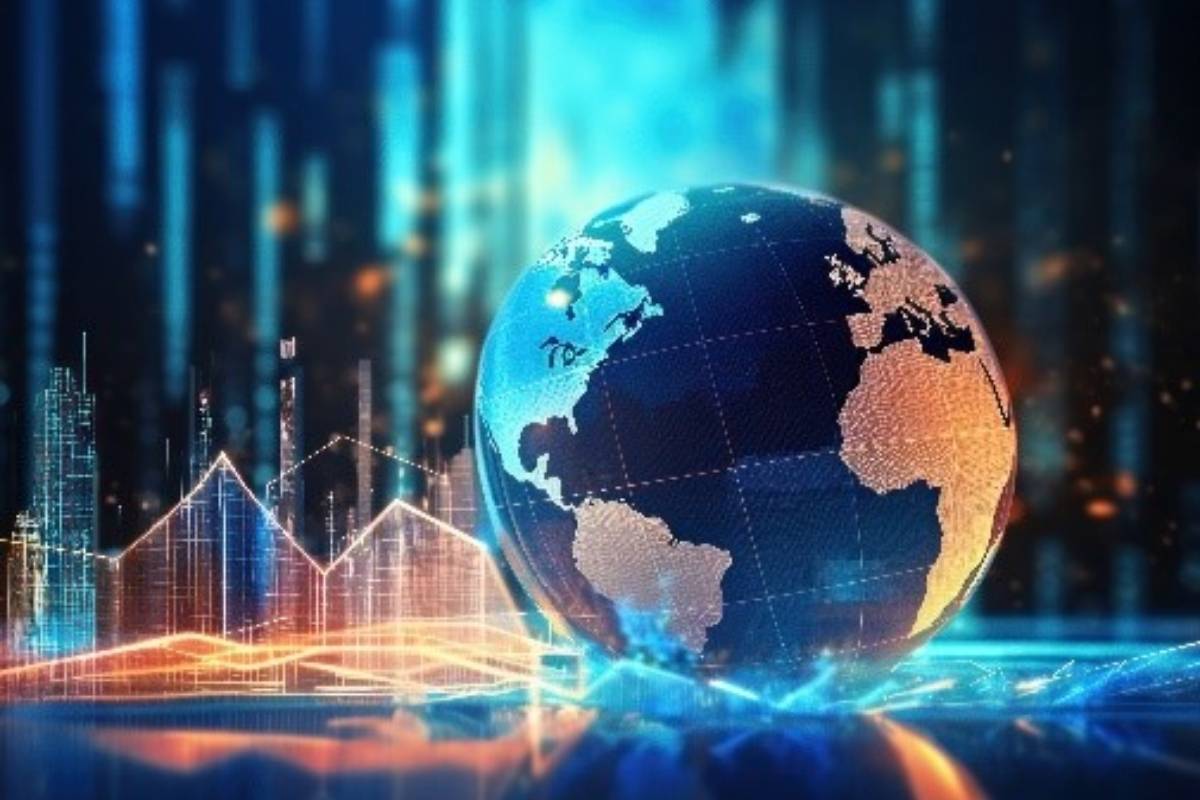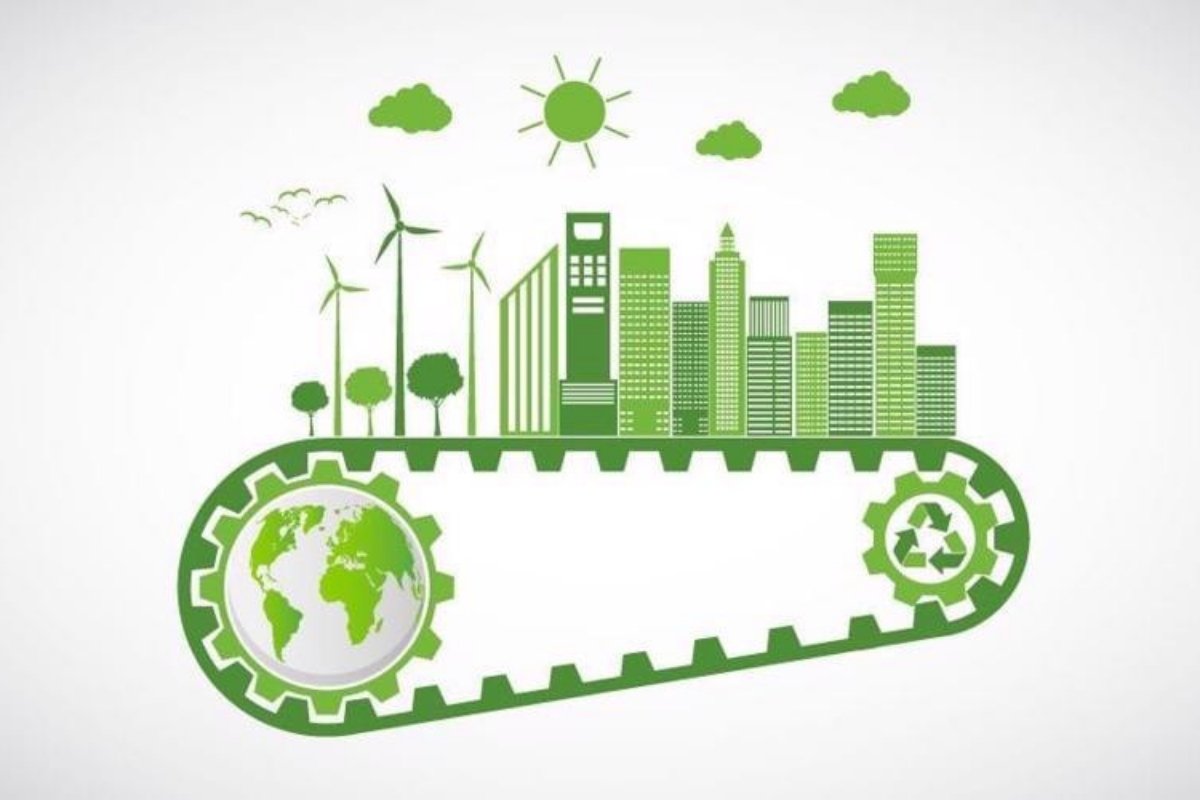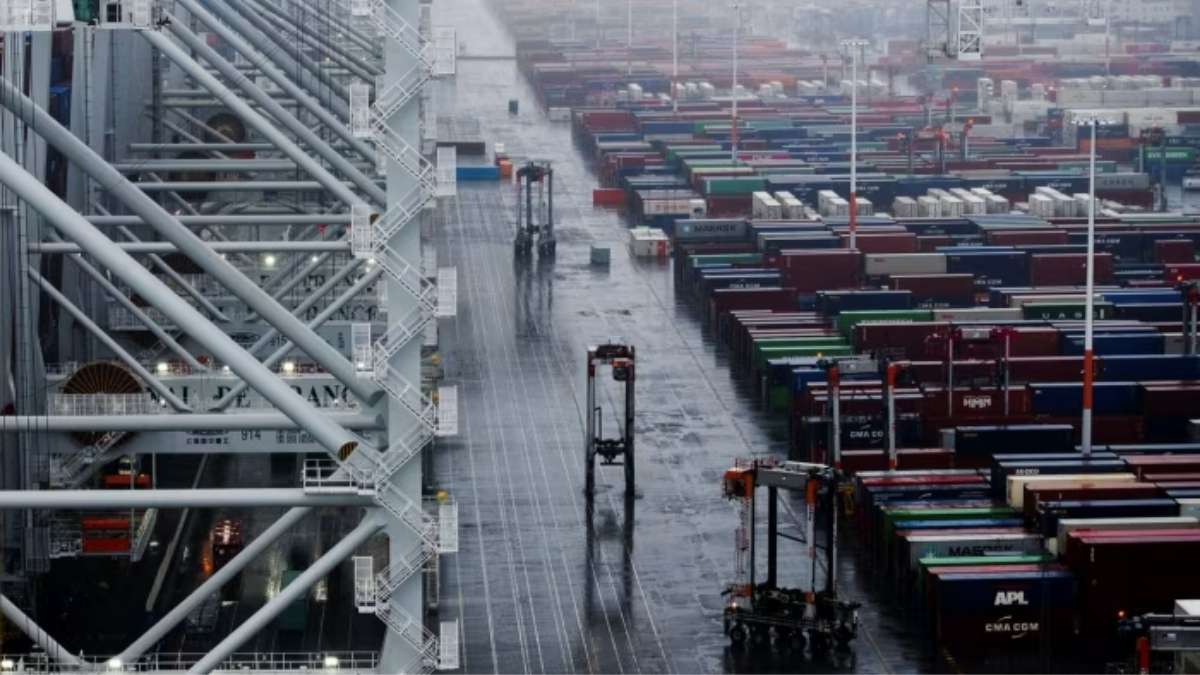As we enter 2025, the global economy faces both promising opportunities and significant challenges. From technological advancements to geopolitical tensions, various factors shape economic trends worldwide. This article explores key economic trends, potential risks, and the challenges that businesses, governments, and consumers must navigate in 2025.

1. Post-Pandemic Recovery: Slow but Steady Growth
The world economy continues to recover from the lingering effects of the COVID-19 pandemic.
- Global GDP Growth: Forecasted at around 3.2%, with regional variations.
- Supply Chain Adjustments: Companies are restructuring supply chains to avoid future disruptions.
- Consumer Spending Trends: Increased focus on essential goods and digital services.
2. Inflation and Interest Rates: A Balancing Act
Inflation remains a major concern for policymakers worldwide.
- Central Bank Policies: The U.S. Federal Reserve and European Central Bank adjust interest rates to control inflation.
- Energy Prices: Fluctuations in oil and gas prices impact consumer costs.
- Wage Growth vs. Living Costs: Real wages struggle to keep pace with rising living expenses.
Read more: The Power of Microbiology: How Tiny Organisms Impact Our Lives
3. The Rise of Digital Currencies and FinTech
The financial landscape is evolving with the growth of digital currencies and financial technologies.
- CBDCs (Central Bank Digital Currencies): More countries launch government-backed digital currencies.
- Cryptocurrency Regulation: Governments seek to regulate crypto markets while maintaining innovation.
- FinTech Expansion: Mobile banking and blockchain solutions gain traction in developing economies.
4. The Green Economy and Sustainable Investment
Sustainability remains a key driver of economic policies and business strategies.
- Renewable Energy Investments: Solar, wind, and hydrogen energy continue to attract funding.
- Carbon Tax and ESG Regulations: Governments implement stricter environmental policies.
- Green Bonds and Sustainable Finance: Investors prioritize environmentally friendly projects.

5. Geopolitical Tensions and Economic Uncertainty
International conflicts and trade disputes impact global markets.
- U.S.-China Trade Relations: Tariff negotiations and technological restrictions continue.
- Europe’s Economic Stability: The EU faces challenges related to energy dependency and inflation.
- Sanctions and Supply Chains: Ongoing conflicts disrupt commodity markets and trade routes.
6. AI and Automation: Transforming the Workforce
Technological advancements reshape industries and employment trends.
- Job Displacement vs. Job Creation: AI-driven automation reduces demand for certain roles while creating new opportunities.
- Upskilling the Workforce: Governments and corporations invest in digital education programs.
- Remote Work Evolution: Hybrid work models continue to redefine office culture.
7. Emerging Markets and Regional Growth
Developing economies play an increasingly significant role in global trade and investment.
- India and Southeast Asia: Fast-growing economies drive global demand.
- Africa’s Economic Potential: Investments in infrastructure and digital transformation gain momentum.
- Latin America’s Stability: Economic reforms and foreign investments shape regional growth.
Conclusion
The global economy in 2025 presents a complex landscape of opportunities and challenges. From digital transformation to geopolitical tensions, businesses and policymakers must adapt to an ever-changing environment. By embracing innovation, sustainability, and strategic planning, economies can navigate uncertainties and pave the way for long-term stability and growth.


